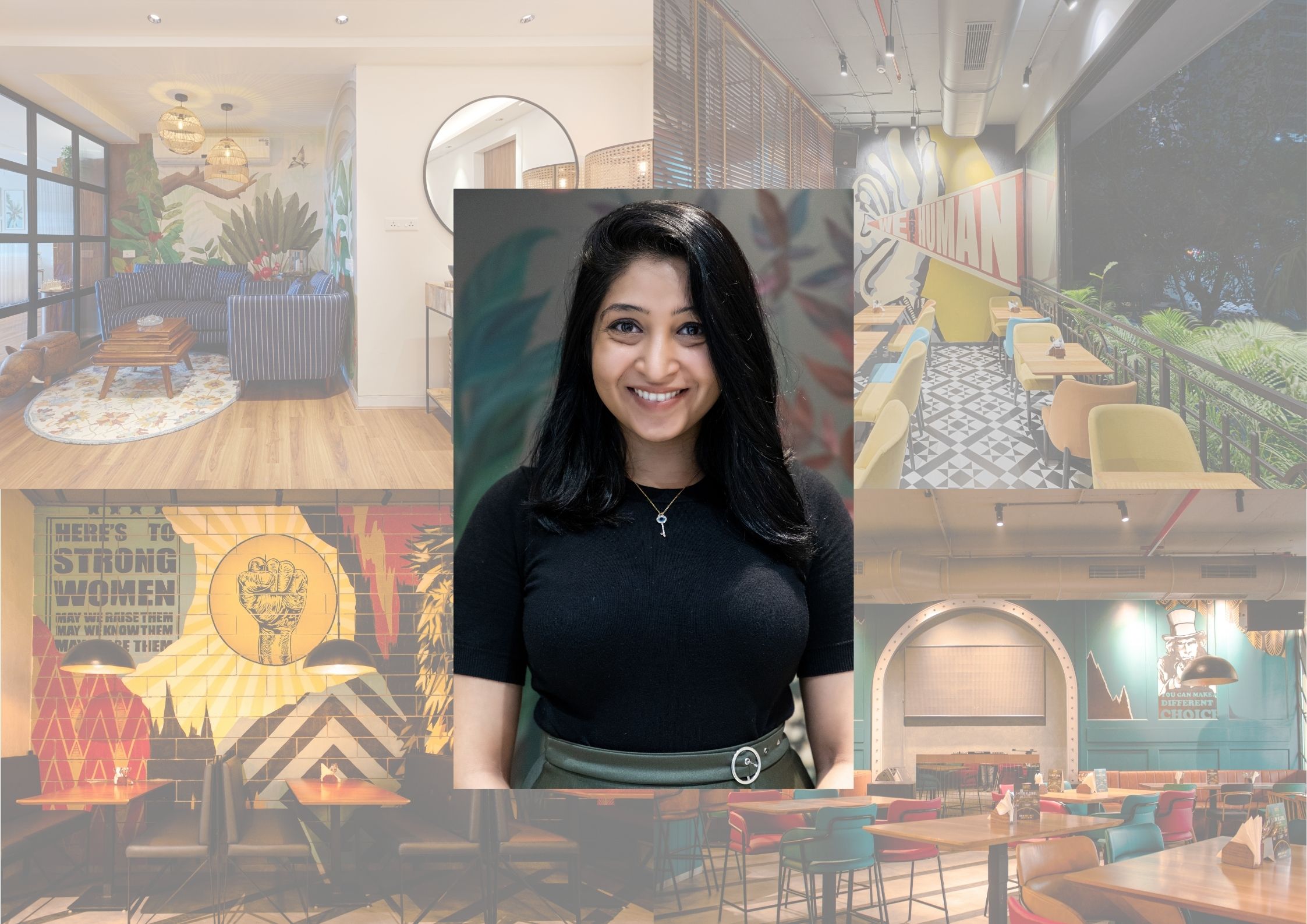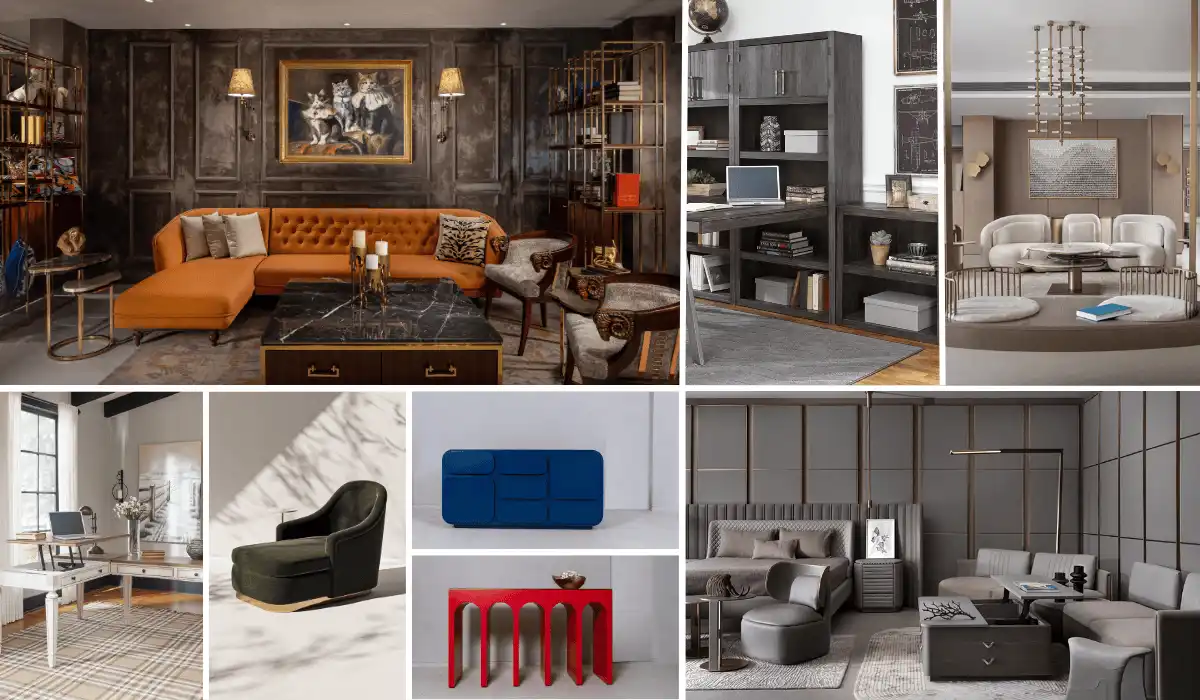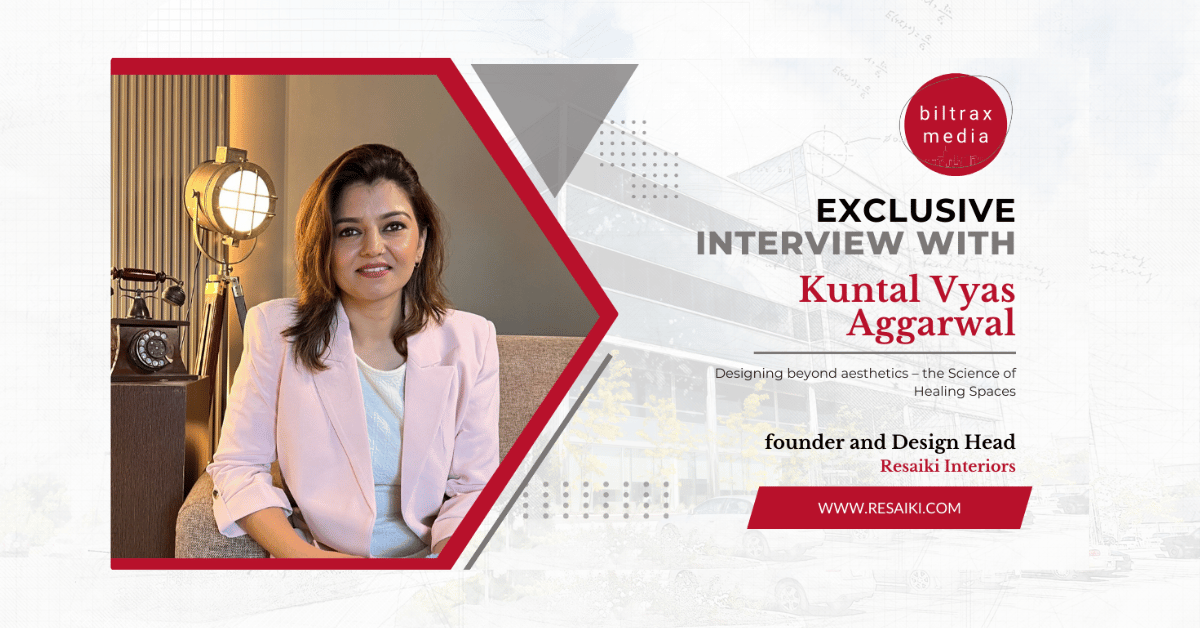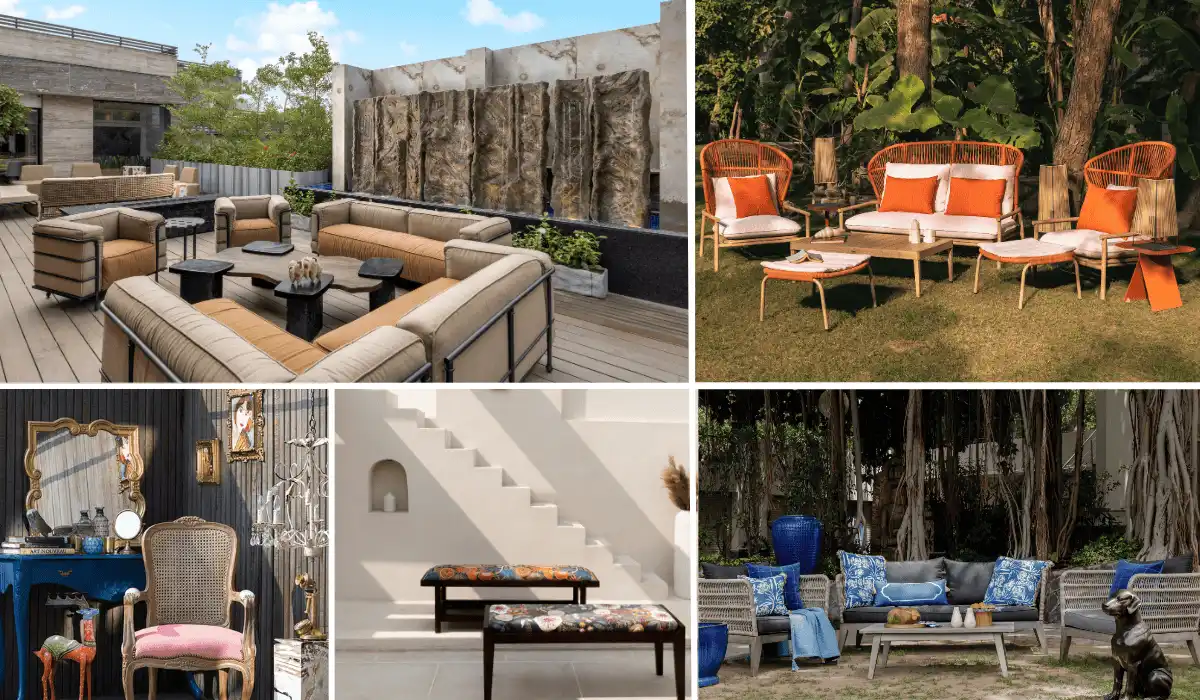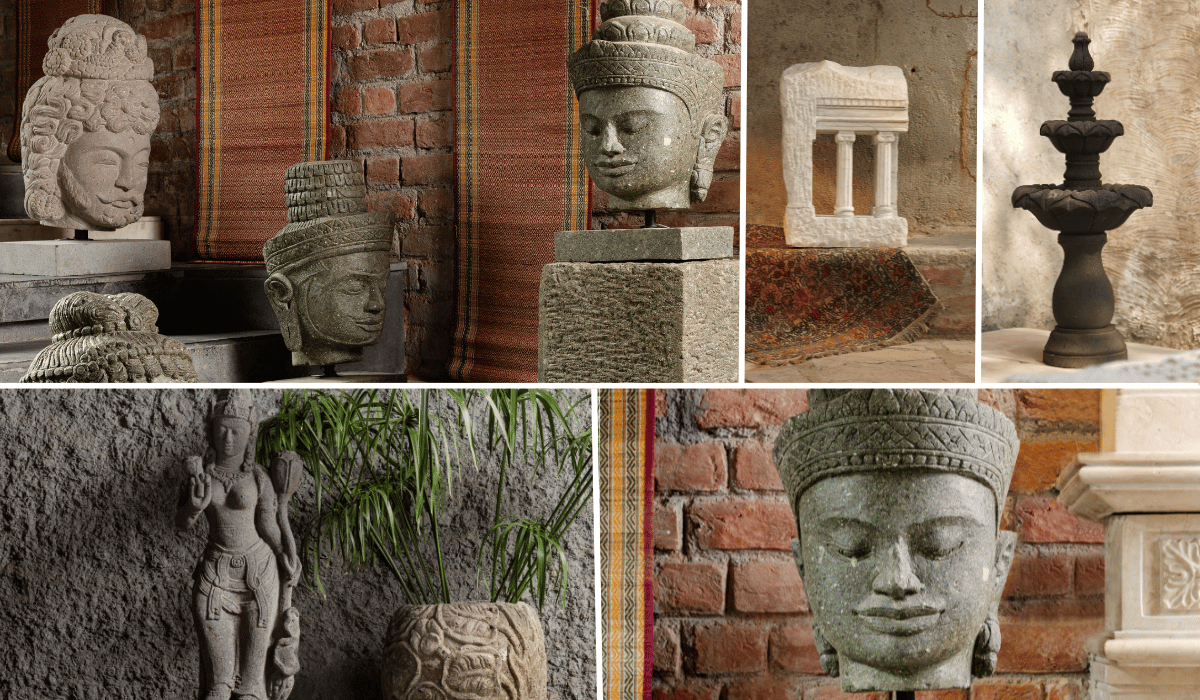An artist at heart, Zahabiya’s calling was always art. In 2016, Zahabiya Gabajiwala founded ZA Works, a design studio where every art piece is given a personal touch. Scribbles and colours of her childhood have translated into artistic pieces which helps interior designers add texture and story to their spaces. While pens are her favourite media, she says that she loves to paint with broomsticks and fingers. Read how she describes her journey, inspiration, and techniques in this candid interview with Biltrax Media.
Can you tell us about your background? What drew you to art? How would you describe your journey- from the maiden years, the progression, hurdles, learnings, and achievements?
Born and brought up in Mumbai, I come from a family that always encouraged my creativity. My mother, an art lover, played a significant role in igniting my passion for art—no wonder why I mostly spent my time painting and scribbling as a little girl. That is why I knew right from the start that I wanted to pursue a career in art and design.
I did my bachelor’s in Fine Arts from Jai Hind College. Later, I went on to study commercial art at Rachna Sansad College of Applied Art and Craft, Mumbai and specialized in set design. I worked as a set designer under esteemed art directors for industry colossus’ like Dharma Productions and various advertising campaigns.
Having inherited entrepreneurial skills and a risk-taking attitude from my father, a businessman, I kickstarted my furniture design business. However, limited resources triggered my creativity and helped me recognize new possibilities and find a niche in the design field. As a result, I switched to a complete service-based setup specializing in murals, art installations, decals, branding design, packaging design, furniture customization, and canvas paintings. This turned out to be a better choice as it has played an enormous part in making ZA Works what it is today!
Is there any particular artistic movement, style, or even a fellow artist who inspires you?
Exploring, learning, and evolving through art is what I’ve been practising all these years; following a particular artistic movement isn’t the way I do things. Each style teaches and inspires me to hone my creative skills. Today, social media has opened up a new dimension for inspiration. There was a time when it was difficult to follow or get inspired by artists beyond geographical boundaries or beyond the scanner of the media industry. Thankfully, that’s not the case any more. I can easily find inspiration through fellow artists over different social media platforms.
If I had to choose that one artist who inspired me significantly, it would be Sophie Tea. Her work talks so much about her personality; it further motivates me to hone my skills. There’s just a connection that I feel towards her work, and I look up to it a lot! I also have many artist friends around me. Talking to them is always fruitful. We all inspire each other in numerous ways.

What is your favourite media or material to work with?
I love working with texture and unconventional tools like a broom or fingers. I like the freedom hands give you, and these unusual tools create artworks of a new dimension. They provide texture or even beautiful splatters. My new favourite material would be pens; exploring and working with different sizes, tip shapes, and even colours make a unique style of artwork.
Of all the work you have done, which has offered the most scope for experimentation and remains among your most cherished enterprises?
If I had to name one of the most memorable projects, it would be Lilt, Mumbai – the see-sawing restaurants! The name signifies a rhythmical swing or flow. To render this experience, we used simple materials like thread to give an expanded look at the entire premises. The angular interiors helped us get inspired and create an elegant ambience through the geometrical lines and curves of the thread. Each thread was hooked individually, giving a seamless look.
You help interior designers bring their spaces to life with your artwork. What is your train of thought, and what creative process do you follow while working with interior designers?
Art cannot exist without inspiration. My inspiration mostly comes from nature. I then collect references for visual stimulation, which helps me explain ideas to the client systematically. The most exciting part is creating sketches and digital versions of the designs. This part also involves the interior designers extensively to help achieve a look or feel they are trying to put together. Once the plan is approved, we decide on the colour scheme to create impact, mood, and depth. Post this, we do a digital prototype to see if the masterpiece is executable practically. Finally, we bring the art piece to life.
Do the dynamics change while crafting larger art pieces and painting larger walls? How do you balance scale and proportion?
Scale and proportion are important aspects of making a mural. Painting large objects on a huge wall will make everything look bigger than it already is. It works well if that’s the look you want. However, generally, when spaces are huge, one might want to bring oneness & closeness; this comes with the correct scale of the objects on the wall. You can make a small wall look up to three times larger than it is by using a suitable colour scheme and the right proportion of elements. Creating actual size digital illustrations is the best to understand these scales, and if you still don’t feel confident, make a small mural in the same proportion to get clarity.
Can you give us some insights into the art world’s technical, creative, and business aspects?
During the past decade, especially in India, art got a lot of recognition. People have realized that art has more commercial value than perceived earlier. Nowadays, artists innovate newer ways to incorporate art in interior spaces or commercial products. There are various avenues to explore art both digitally and traditionally in modern times. Social media platforms are also being widely used to grow small art businesses. It is the best time to be an artist as there are numerous mediums to express yourself while sustaining yourself financially.

What techniques do you use to overcome creative blocks?
If I feel low on inspiration, I challenge myself and do things that I wouldn’t normally do. The most disastrous failures are always the most significant sources of learning and inspiration. Failing or succeeding is just an outcome; it is the creative journey that matters. Perhaps you’re working on projects that aren’t all that different from what you’ve done before. Challenging yourself might be a great way to get motivated, as it helps you come face-to-face with your abilities and opens the door to new opportunities.
In your opinion, how important is art for society? How can it help mankind to flourish?
Art has a different connotation for everyone. So often, the vitality of art is overlooked by society. However, some people see art as intrinsic, indispensable, and one of the most critical aspects of our culture. There are two distinct languages – verbal, which separates people, and visual, which everybody understands. Art is a language that doesn’t require words to express itself. It often reminds us of the better things in life and transcends cultural boundaries to unite people. My goal as an artist is to create art that makes people look at the world differently.
What are you working on at the moment?
We are working alongside interior designer Saniya Kantawala on an upcoming restaurant named Bombay Stock Exchange. The wall we are working on here is huge! Our team is enjoying the work and is making sure that the mural is eye-catching but not overwhelming for the diners. The place is going to be filled with colours and creativity! We are excited to execute this project!
Visit: zaworksdesign@gmail.com
Discover more from Biltrax Media, A Biltrax Group venture
Subscribe to get the latest posts sent to your email.




